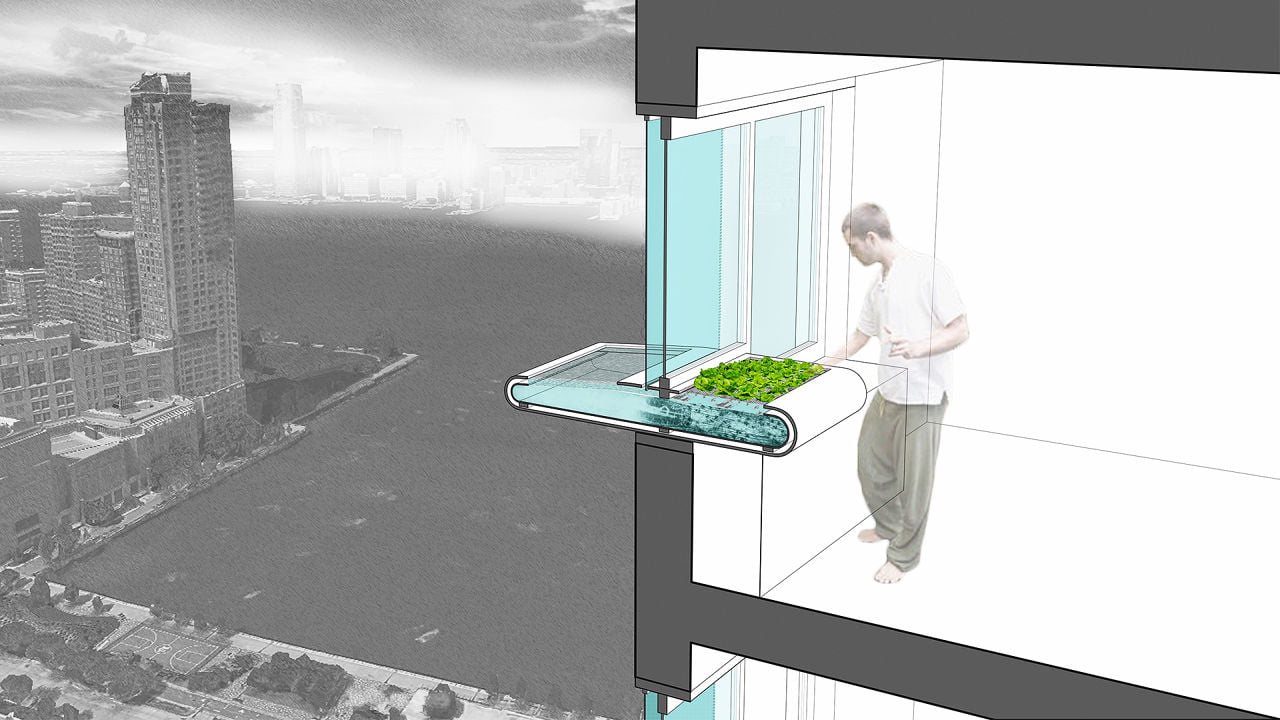

Before people ever conceived of sustainable Design, nature was doing an excellent activity. Flora and animals have advanced to apply strength effectively, to be multi-purposeful yet balanced, and to useinformation to perform living procedures. With this in mind, the Biomimicry Institute challenges designers to mine nature for new Thoughts, as you could see from its 2016 Biomimicry Worldwide Design Project.
“Nature has accomplished three.eight billion years of R&D already, so searching at nature for concept is 7c5d89b5be9179482b8568d00a9357b2,” says Jacob Russo, co-author of the Nexloop rain harvestingconcept, one of the winners. The tool, designed to be retrofitted to a constructing facade or positionedinside a window, like an air conditioner, captures water and automatically makes use of it to irrigate Plant life inside the domestic.
Its biomimicry comes from the surfaces that draw inside the water after which take in it. On the vertical,Those are hydrophobic—like lotus leaves—funneling water downwards. At the horizontal, the floor is hydrophilic—like an ice plant—drawing water in. The concept is that you can deploy it and depart it, by no means having to draw On the municipal water device again.
“We’re interested in this being a closed-loop passive system. You would not want pumps, because it will use capillary motion as a method of water transportation,” says Russo, a graduate from Carnegie Mellon’sarchitecture program. “Allowing the building facade to be a medium permits this to be large-scale infrastructure it truly is part of a food-water nexus.”
This year‘s Challenge was all about meals. Other Ideas encompass a social community for food–shopping for that changed into inspired by way of ants (see the video below) and a concept eating place from the U.Ok. That turned into stimulated by means of how “mycorrhizal fungi assist alternatecarbon, vitamins, and water among Flowers.”
Megan Schuknecht, director of Design demanding situations on the institute, says biomimetic Layout isgreater difficult than it seems. Preferably, the groups have to define problems first after whichexperiment nature for Ideas, instead of the alternative way round. The ideas of performance and nature’s stability are publications for the groups to work off, she says.
The ten winning entries, which include 3 scholar winners, get hold of cash prizes, with the seven “opencategory” teams being invited to the institute’s new accelerator application. The winner of that stage,announced this October, gets the $100,000 Ray C. Anderson Foundation Ray of Hope Prize, named after the pioneering founder of the Interface carpet company.





